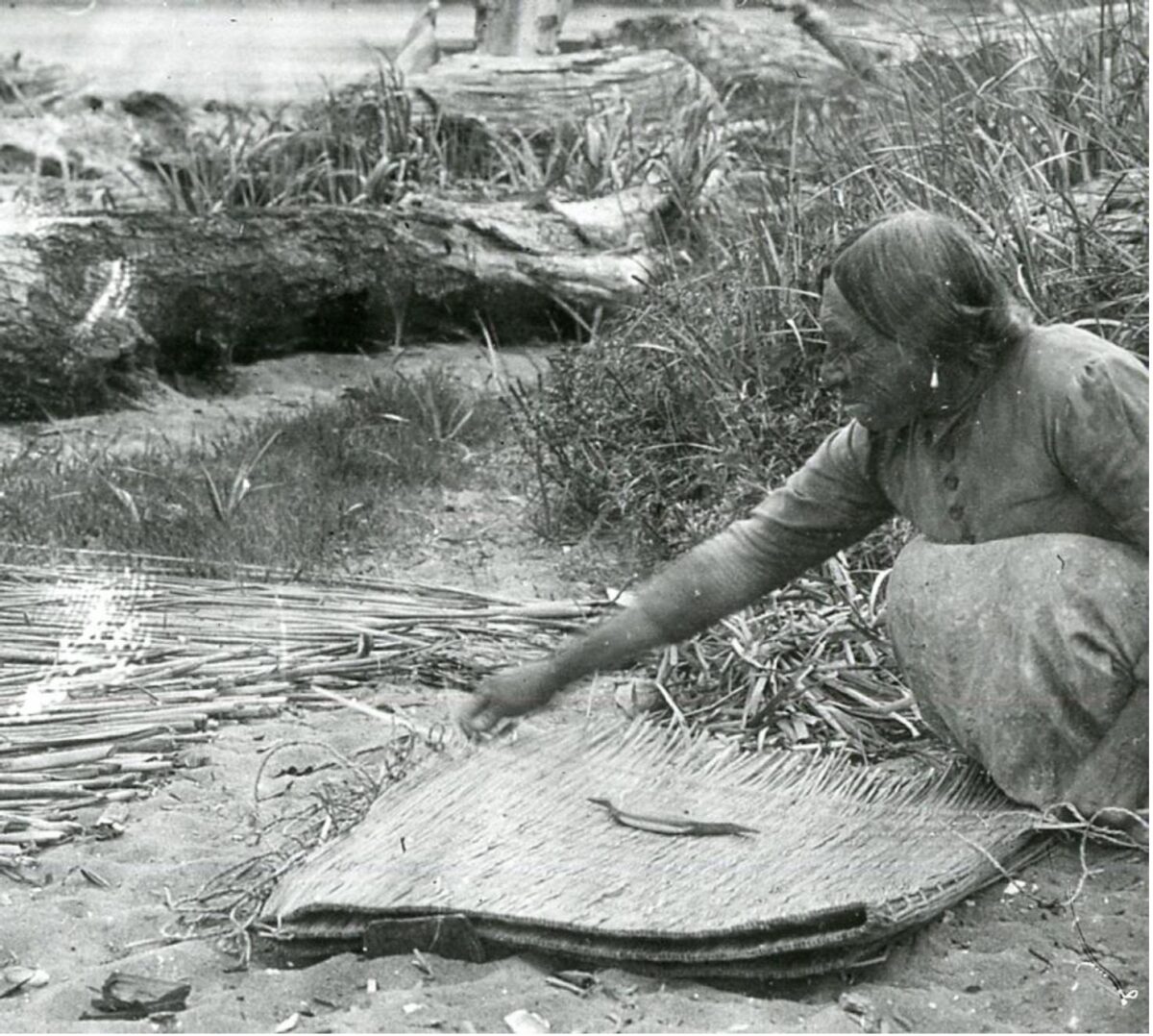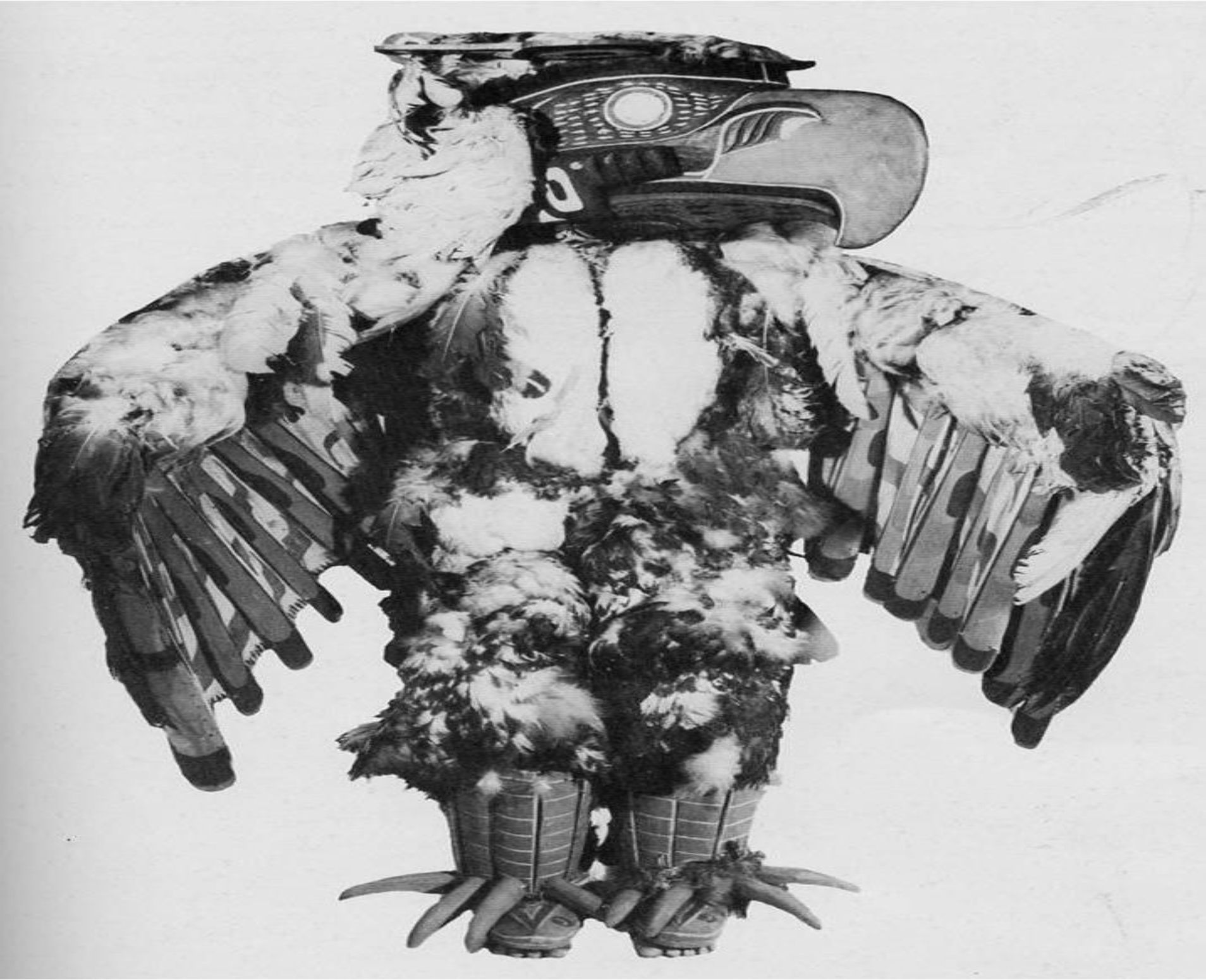
By Grant Keddie. April 10, 2023. Introduction Cattail (Typha latifolia) mats were one of the most prolific artifacts found in traditional cultures in coastal areas of southern British Columbia and northwestern Washington State. They were used to construct the walls and roofs of temporary shelters at fishing camps, for insulating walls in winter houses, as covers to protect canoes and their contents, for light baskets, for bedding, sitting on and as mats for storing food and preparing food on. What are called mat creasers were important tools used in the production of a number of these cultural items. A mat creaser was an important tool that, used in conjunction with a needle, crimped the split cattail reeds in order to … Continue reading “Mat Creasers and Cattails”


